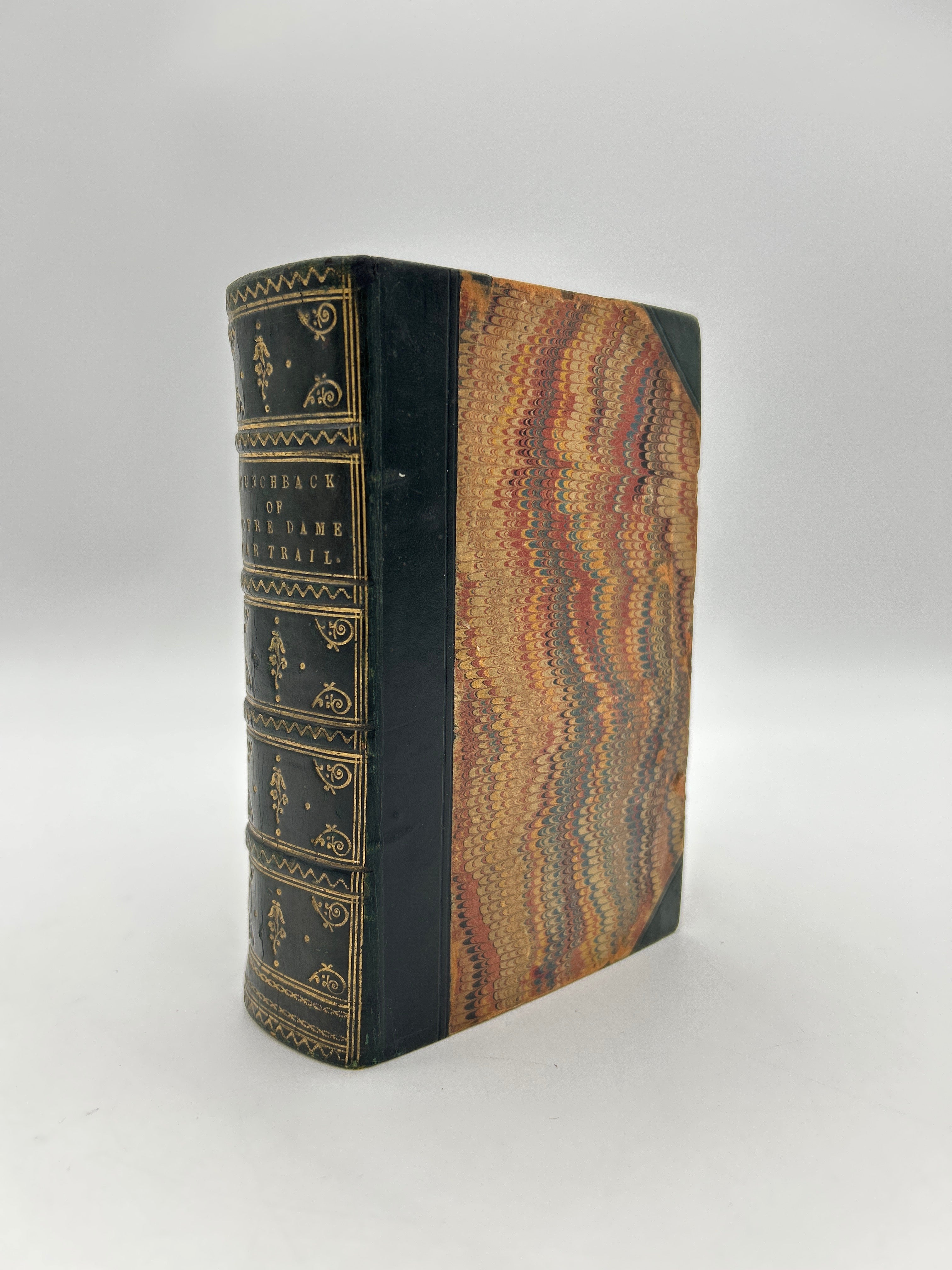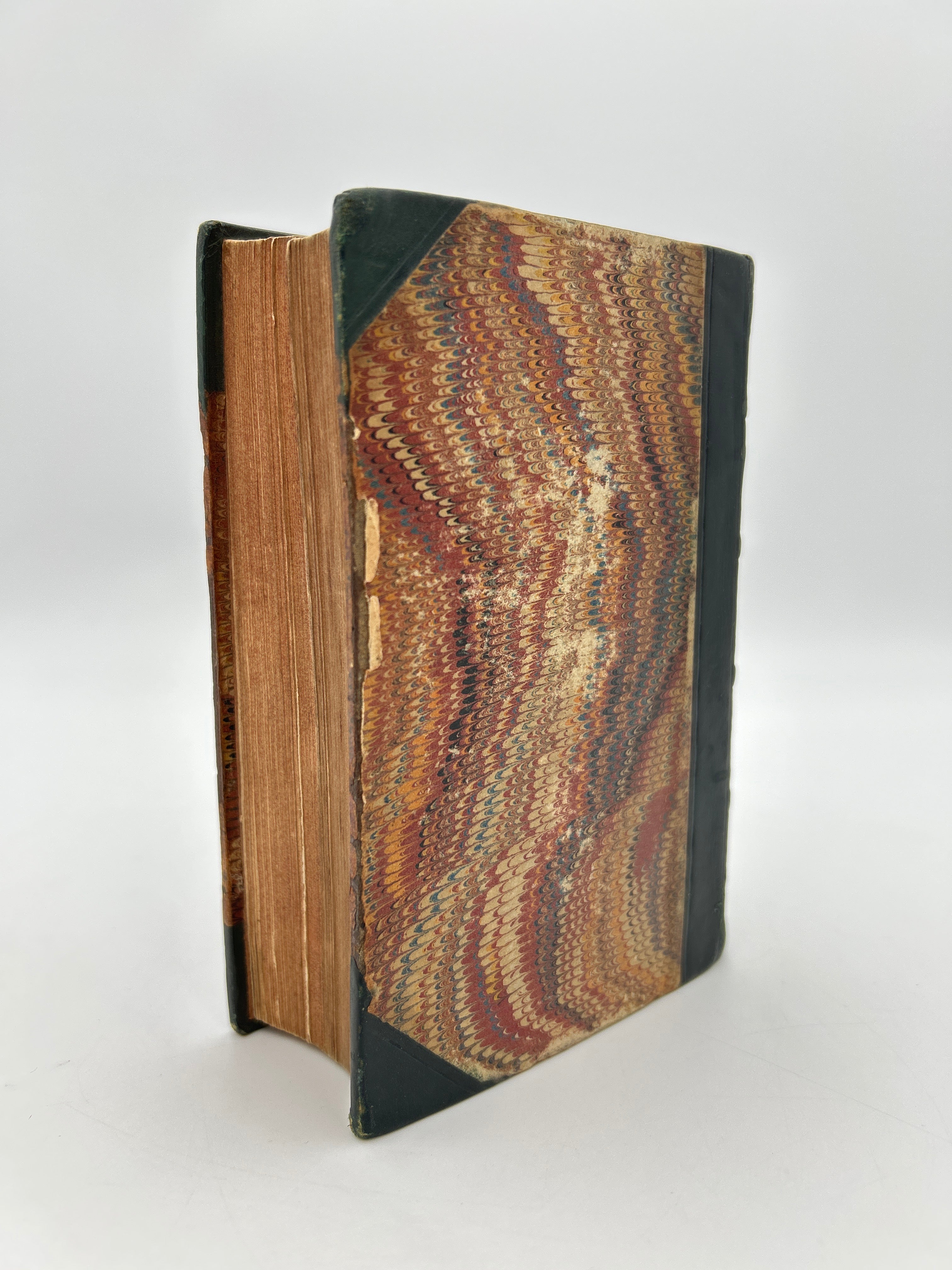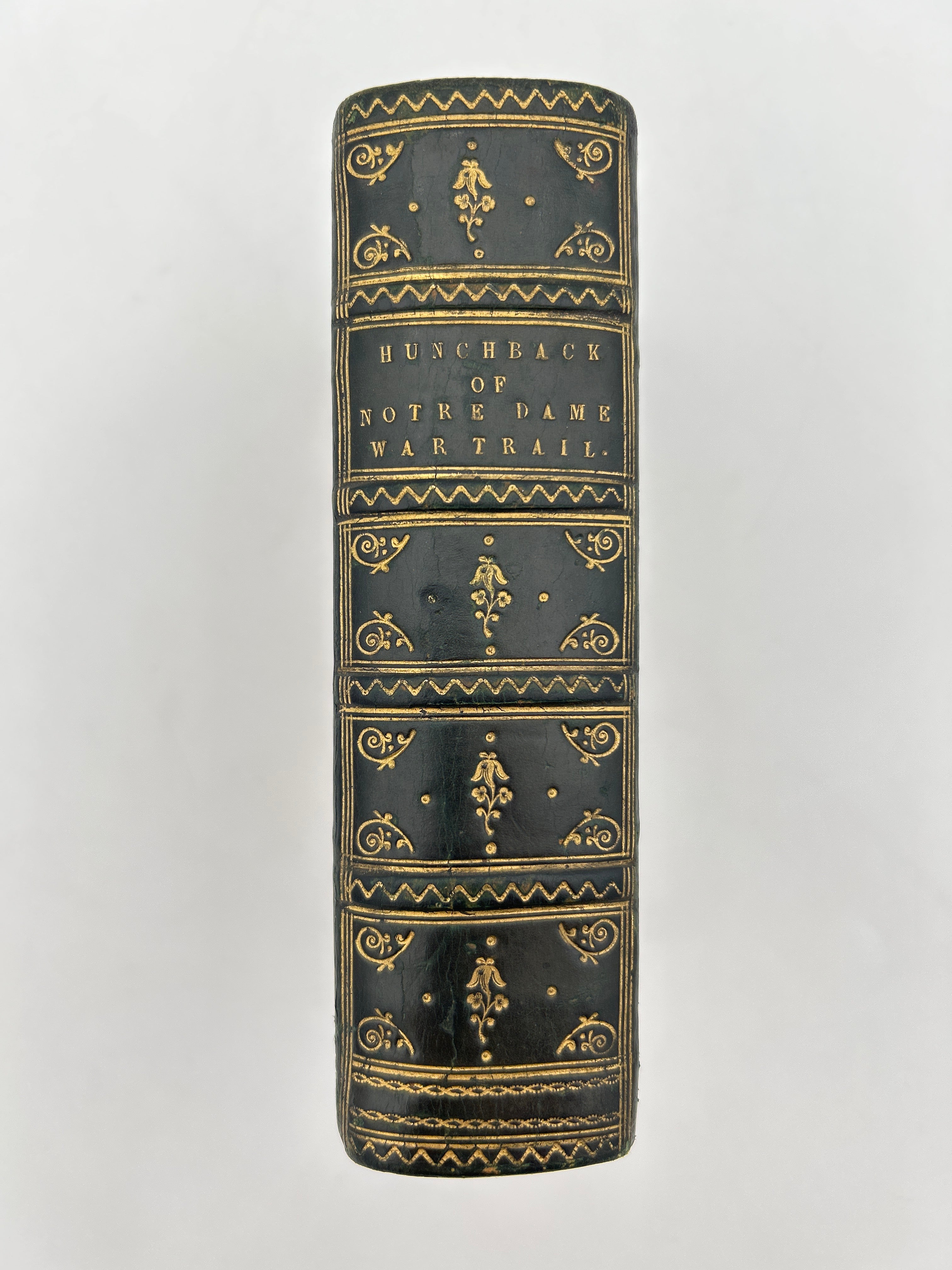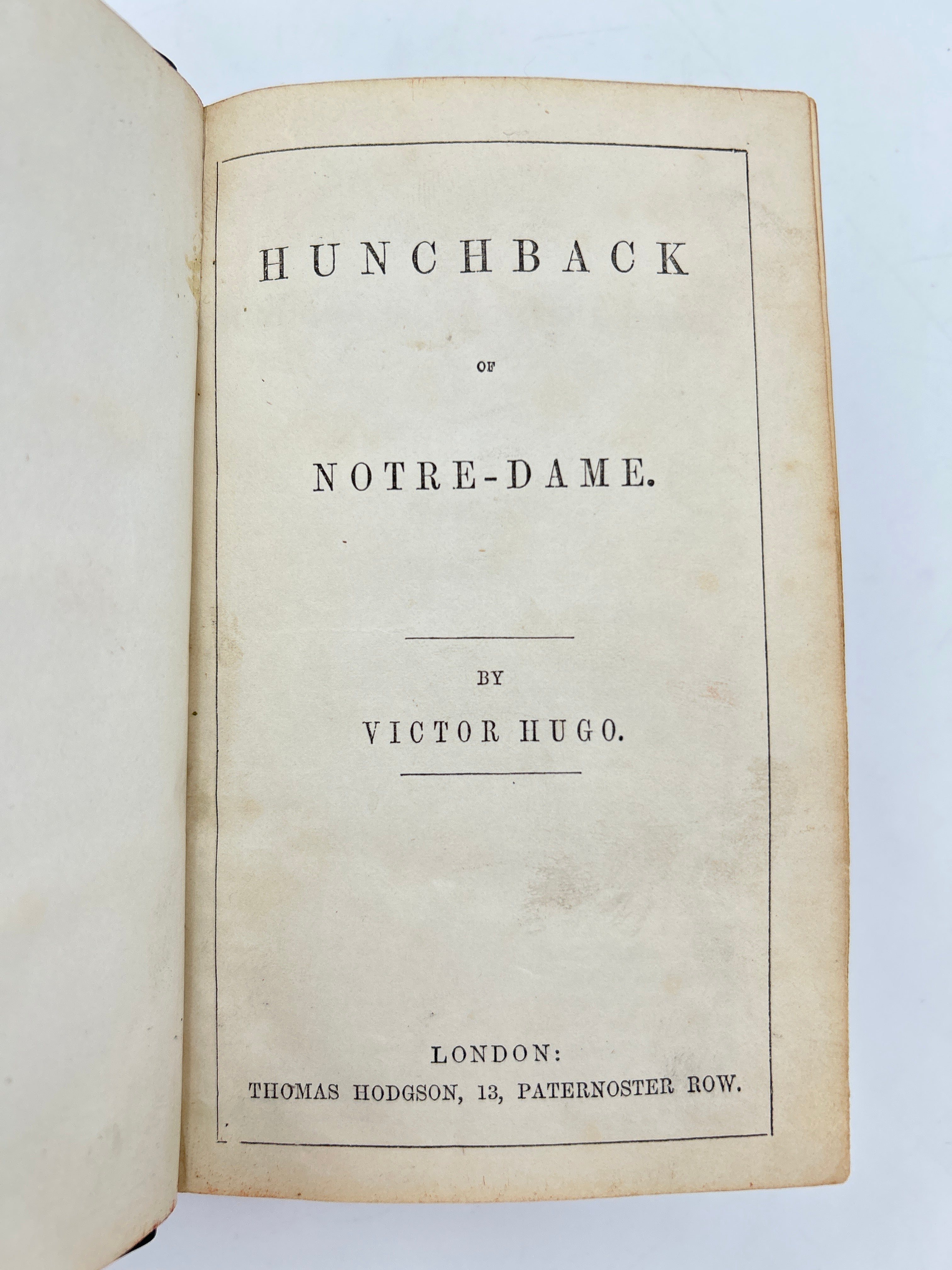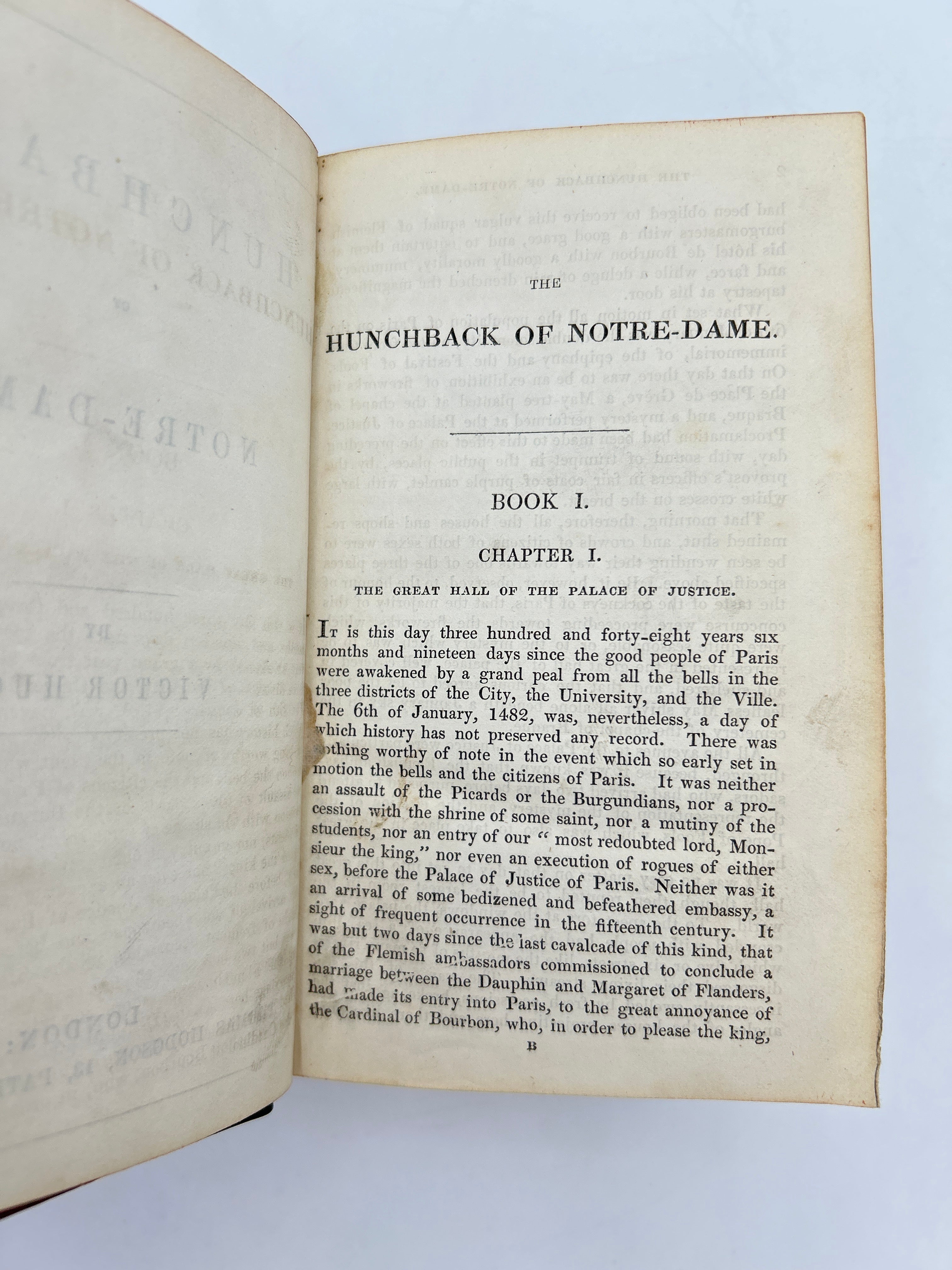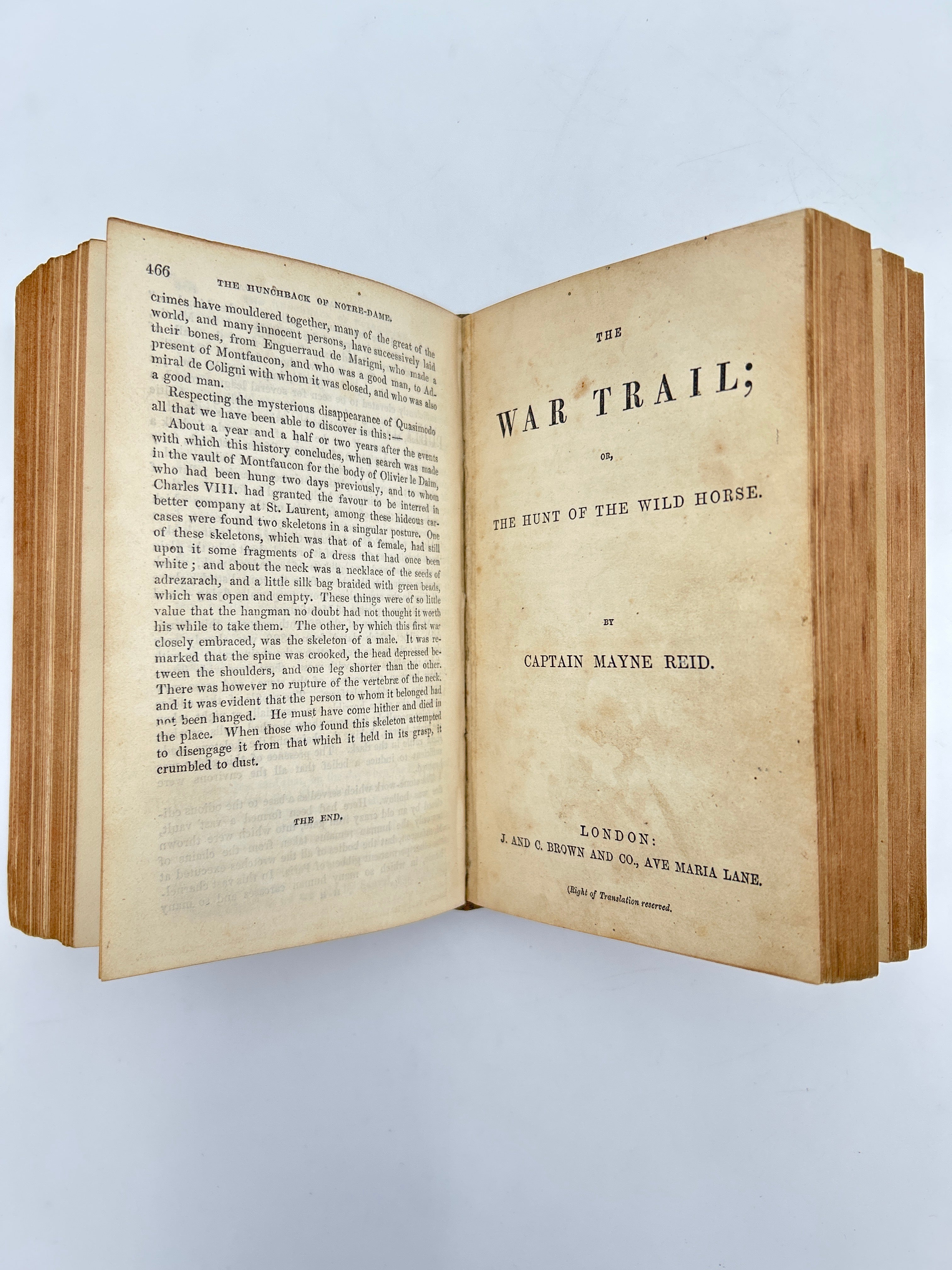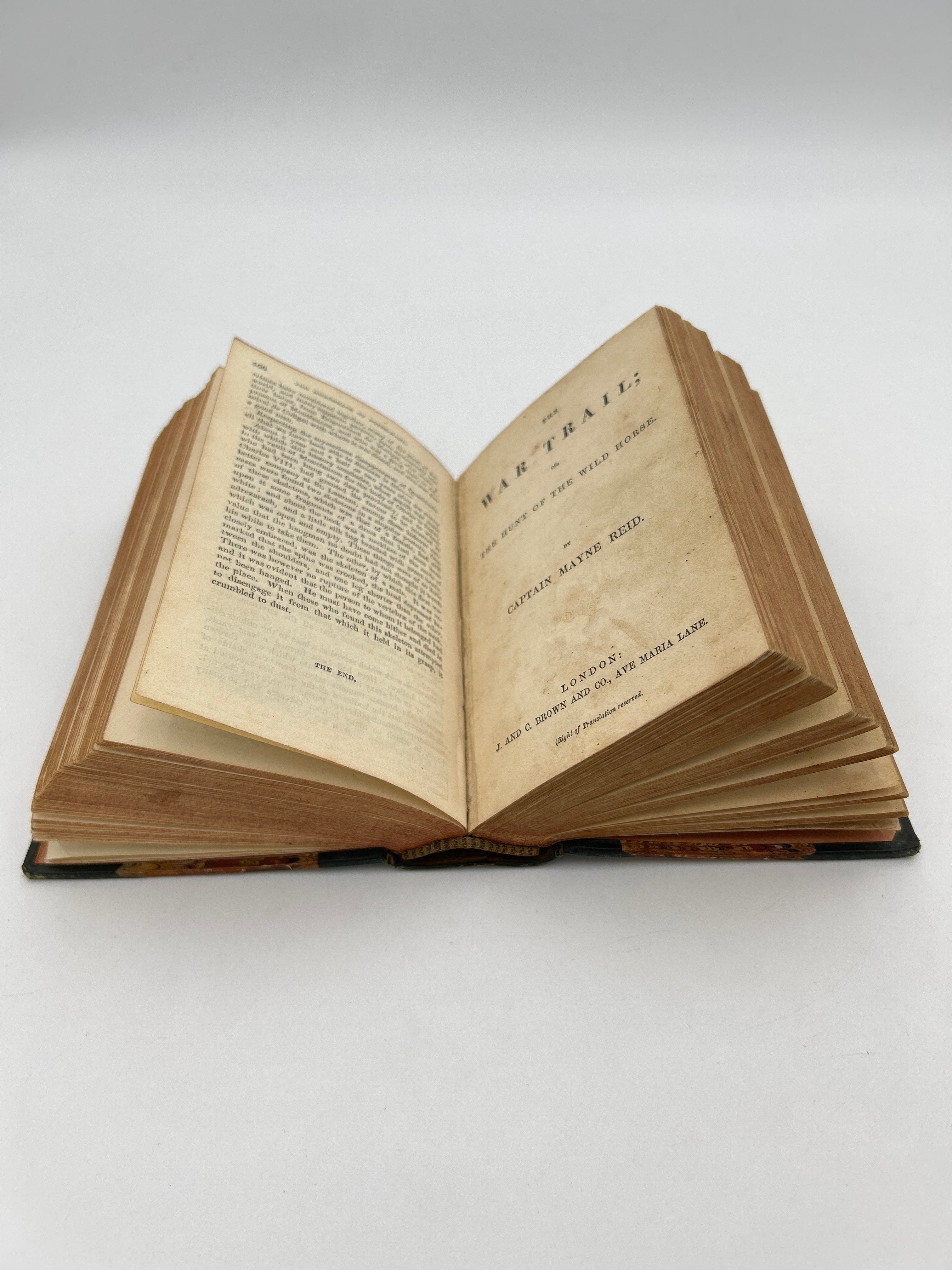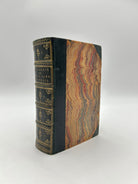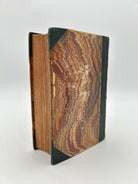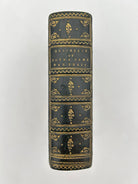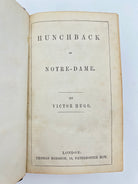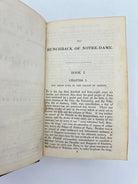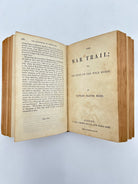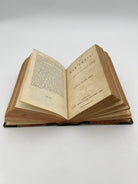The Hunchback of Notre-Dame and The War Trail
Couldn't load pickup availability
5b Victor Hugo. London: Thomas Hodgson, 1856.
The War Trail or the Hunt of the Wild Horse by Captain Maybe Reid. London: J. and C. Brown and Co.
Notes
The Hunchback of Notre-Dame (Notre-Dame de Paris, 1831) is a historical novel by Victor Hugo, set in 15th-century Paris. At its heart is Quasimodo, the deformed and kind-hearted bell-ringer of Notre-Dame Cathedral, who becomes tragically entangled in the life of the beautiful Romani dancer Esmeralda. The novel weaves together the fates of multiple characters—Quasimodo, Esmeralda, the cruel archdeacon Claude Frollo, and the shallow soldier Phoebus—into a story about love, obsession, cruelty, and justice. Hugo uses these intertwined lives to explore themes of social outcasts, moral hypocrisy, and the destructive power of unrequited passion.
Beyond its story, the novel was also a call to preserve Gothic architecture, which was falling into neglect in Hugo’s time. His vivid descriptions of Notre-Dame Cathedral helped spark a movement to restore medieval landmarks in France. The novel remains one of the defining works of French Romanticism, both for its rich characterization and its sweeping portrayal of Parisian life. Quasimodo, in particular, became a powerful symbol of inner nobility and unacknowledged humanity, making the story resonate with generations of readers and inspiring countless adaptations in theater, film, and opera.
The War Trail; or, The Hunt of the Wild Horse (1857) by Captain Mayne Reid is a thrilling frontier adventure novel set in the American Southwest, following the Irish mustanger Maurice Gerald as he hunts a stolen horse and seeks to rescue the woman he loves while clearing his name from a false accusation. Blending action, romance, and survival, the story unfolds across rugged landscapes filled with danger—from hostile Native American tribes to treacherous outlaws. Characterized by vivid descriptions and high-stakes drama, the novel reflects Reid’s fascination with the American West and his military background, though it also contains the colonial-era stereotypes common to its time. It remains a notable example of 19th-century adventure fiction aimed at young readers.
Description
Marbled boards with three quarter black leather. Four raised bands on the spine with gilt ornamentation and gilt lettering in the second compartment. Two volumes in one. All edges red. Rubbing to the extremities and some flaking to the marbled paper covering the lower board along the edge. Some loosening of the spine but still fully intact.
